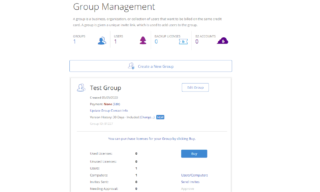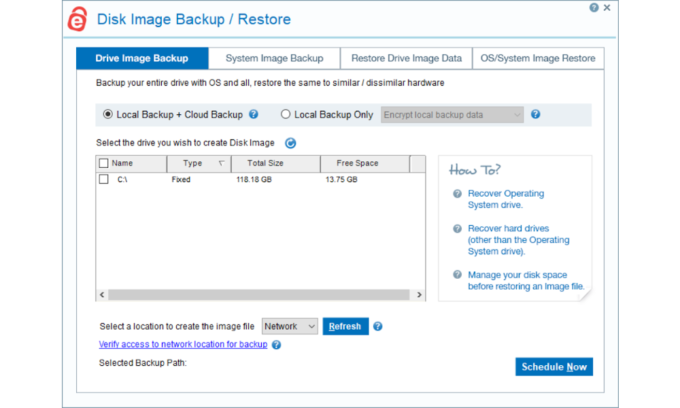

Navigate to the App Keys page of your account and click the Add Application Key button.Click the Create a Bucket button and you should see your new bucket on the Buckets page.(Object Lock is a backup protection feature that prevents a file from being altered or deleted until a given date-learn more about it here.)

Give your bucket a name and enable features like encryption and Object Lock for added security.On the Buckets page of your account, click the Create a Bucket button.This may sound like a lot, but all you need are a few clicks, a couple names, and less than a minute! Once you’ve signed up for a Backblaze B2 Account, you’ll need to create a bucket, Application Key ID, and Application Key. How to Set Up a Bucket, Application Key ID, and Application Key Otherwise, you can sign up for an account here and get started with 10GB of storage for free. If you already have a Backblaze B2 account, feel free to skip ahead to the next section. Read on for the step-by-step guide below. Then, you can set up QNAP Hybrid Backup Sync with Backblaze B2. The first step is to set up your Backblaze B2 account. We’re sharing a step by step guide on connecting your QNAP NAS to Backblaze B2. With the latest releases of QTS and Hybrid Backup Sync, you can sync the data on your QNAP NAS to and from Backblaze B2 Cloud Storage. QNAP’s NAS products are used in office, home, and professional environments for storage and a variety of applications, including business, development, home automation, security, and entertainment.ĭata stored on a QNAP NAS can be backed up or synced to Backblaze B2 Cloud Storage using QNAP’s Hybrid Backup Sync application, which consolidates backup, restoration, and synchronization functions into a single QTS application. QNAP produces a popular line of networking products, including NAS units that can work with Macintosh, Windows, Linux, and other operating systems. They have become even more capable, now often taking over functions that used to be reserved for servers. Network attached storage (NAS) devices are great for local backups and archives of data. Post Syndicated from Troy Liljedahl original


 0 kommentar(er)
0 kommentar(er)
